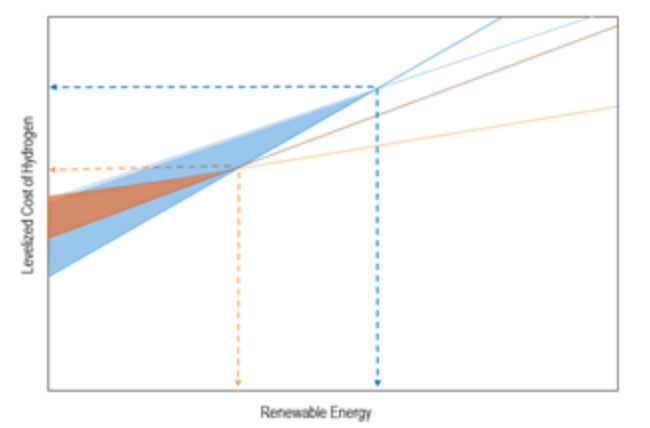News
New TECH Report - Liquid Organic Hydrogen Carriers (2024 Program)

Liquid Organic Hydrogen Carriers is one in a series of reports published as part of NexantECA’s 2024 Technoeconomics – Energy & Chemicals (TECH) program.
Overview
With commitments for decarbonization, low carbon intensity hydrogen has emerged as a crucial chemical across various economic sectors, industries and processes. The use of hydrogen emits no carbon dioxide, reducing greenhouse gas emissions and carbon intensity. Producing low carbon intensity or green hydrogen requires abundant and cost effective renewable electricity, and regions which fulfill such criteria have cost advantages over other regions. One way for cost disadvantaged regions to meet green hydrogen needs is to import it which can require transportation often over long distances across countries and continents.
Due to the transport and storage challenges associated with hydrogen, alternatives to hydrogen transportation have developed in the form of its derivatives, known as ‘hydrogen carriers’. One carrier that has received considerable attention is ammonia due to its high hydrogen carrying density, but transporting and cracking ammonia also comes with challenges. Developing alternatives are liquid organic hydrogen carriers (LOHC).
LOHC uses unsaturated aromatic or heterocyclic compounds that are hydrogenated and dehydrogenated reversibly without any decomposition. Toluene (hydrogen-lean compound) and methylcyclohexane (hydrogen-rich compound) are an example of a LOHC pair.
At a green hydrogen production location, toluene is hydrogenated to produce methylcyclohexane (MCH) which has a hydrogen carrying capacity of 6.2 percent by weight. The MCH can be transported in liquid phase at ambient conditions. At the destination, MCH is unloaded and dehydrogenated to produce hydrogen and toluene. The recovered toluene is shipped back to the hydrogen production region where it is once again hydrogenated to MCH, thus repeating the hydrogenation/dehydrogenation cycle.
This report covers developing LOHC technologies and addresses the following questions:
- What are the characteristics of LOHC?
- What other compounds are being considered for LOHC applications?
- What is the levelized cost of hydrogen for using a LOHC and how is it influenced by different hydrogen production and destination regions?
- How do the economics of using a LOHC compare with using ammonia as a hydrogen carrier?
- What is the technology readiness level of different LOHC developments?
- How does the carbon intensity change for different hydrogen production and destination regions and for different hydrogen carrier technologies?
Technologies Overview
Liquid organic hydrogen carrier technologies discussed in this report include those under development by Axens/Chiyoda, ENEOS, Honeywell UOP, Hydrogenious LOHC Technologies, KEPCO, and Sinopec.
Process Economics
Detailed cost of production and levelized cost of hydrogen estimates for several green hydrogen production and destination regions are presented based on using LOHC and ammonia as a hydrogen carrier. Renewable energy costs are shown to be highly leveraging to the cost competitiveness of using these hydrogen carrier technologies and NexantECA's analysis identifies potential cost advantages of these different approaches.
Comparison of Hydrogen Carrier Cost of Production
Contact a member to our Insights & Analytics team to find out more about this report
About Us - NexantECA, the Energy and Chemicals Advisory company is the leading advisor to the energy, refining, and chemical industries. Our clientele ranges from major oil and chemical companies, governments, investors, and financial institutions to regulators, development agencies, and law firms. Using a combination of business and technical expertise, with deep and broad understanding of markets, technologies and economics, NexantECA provides solutions that our clients have relied upon for over 50 years.




